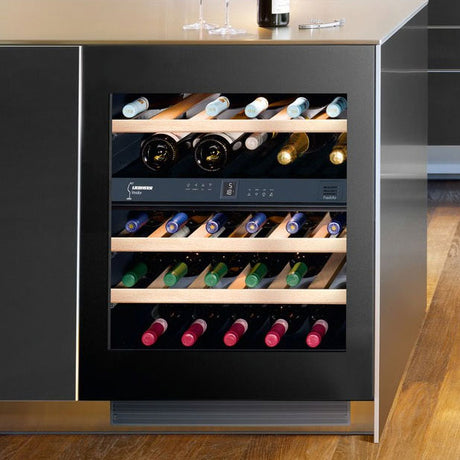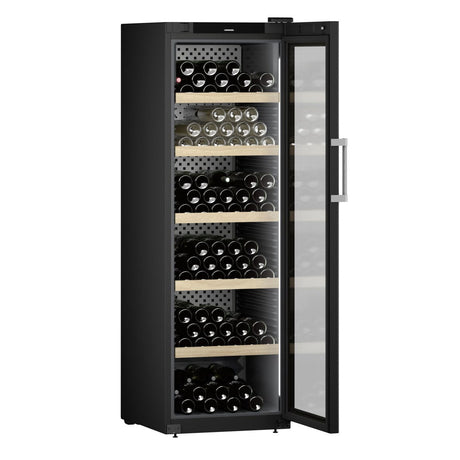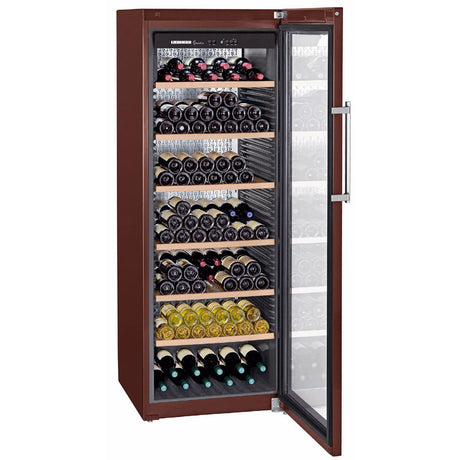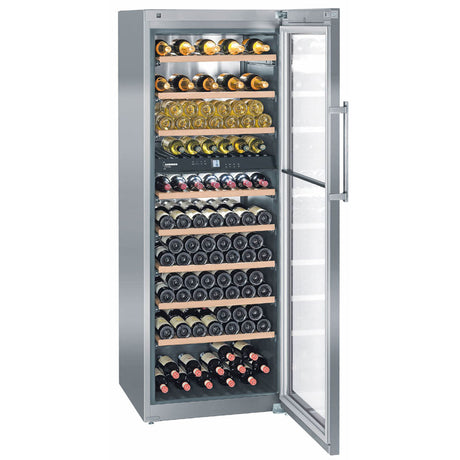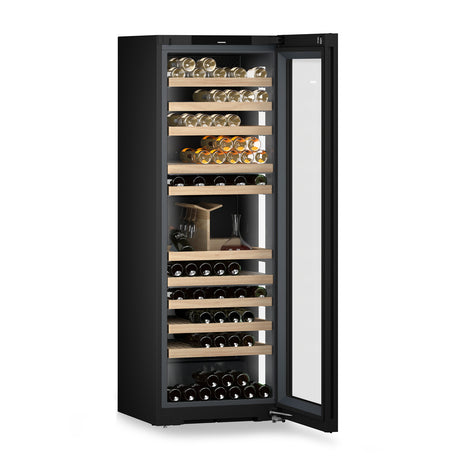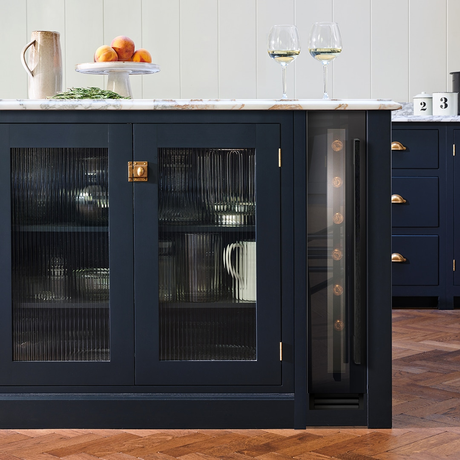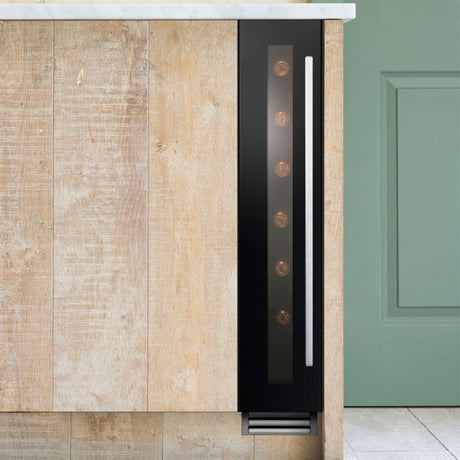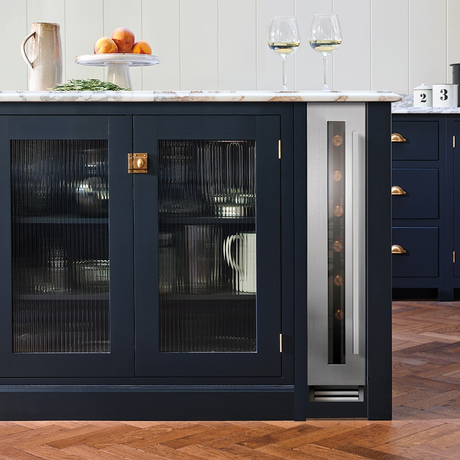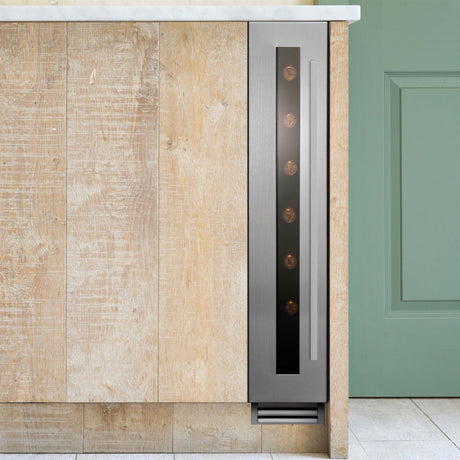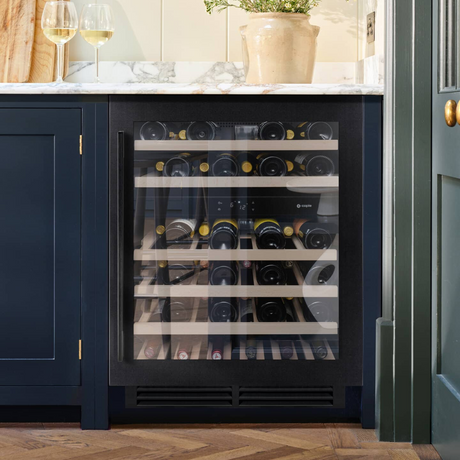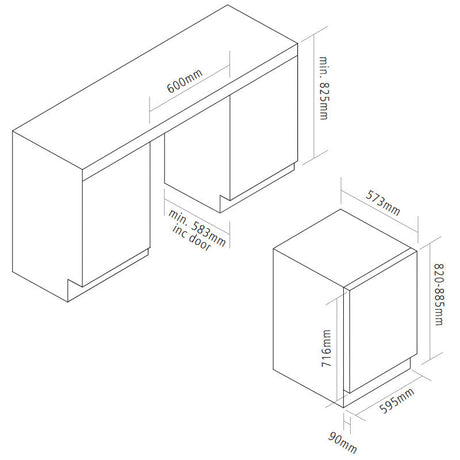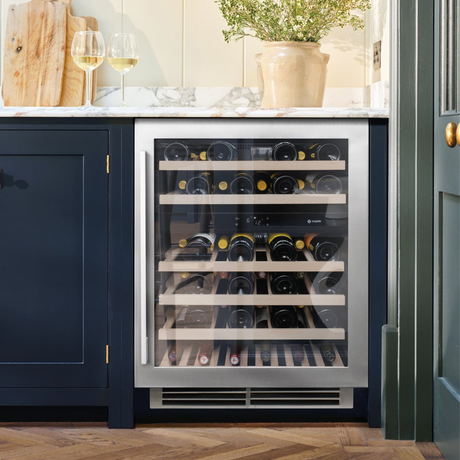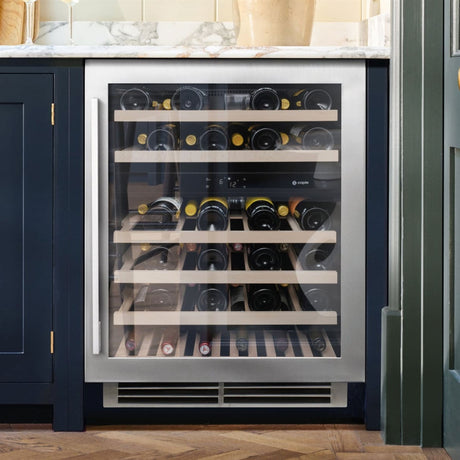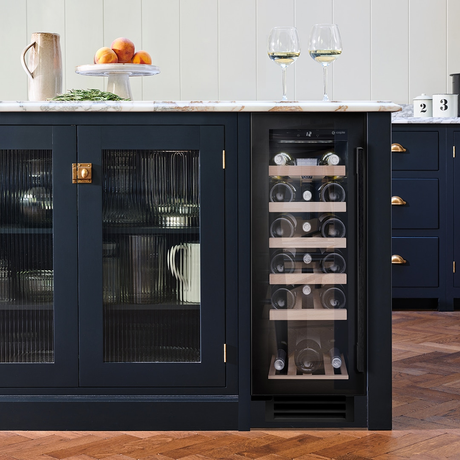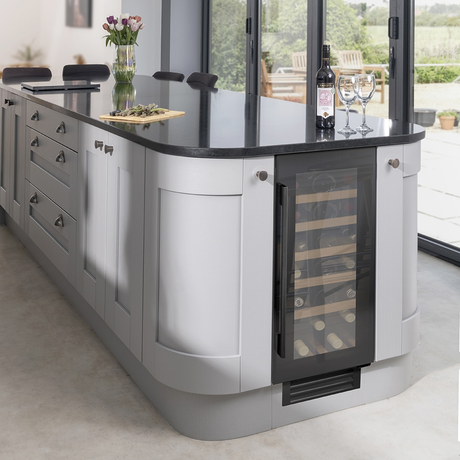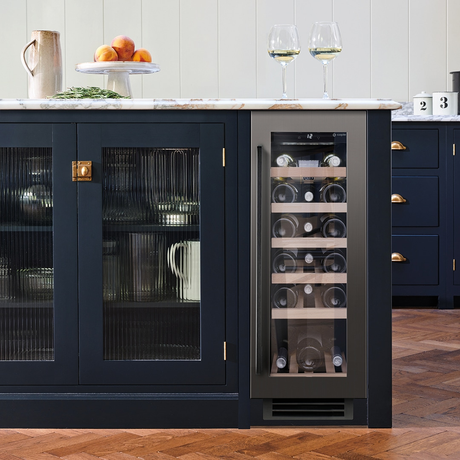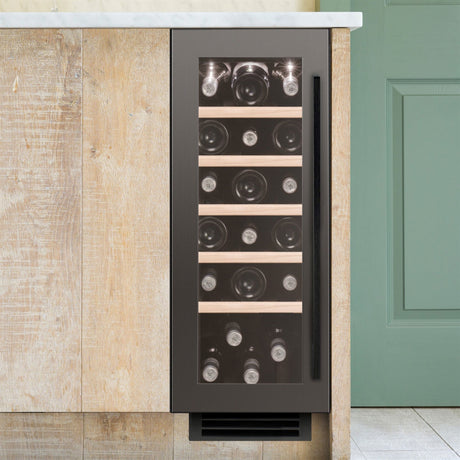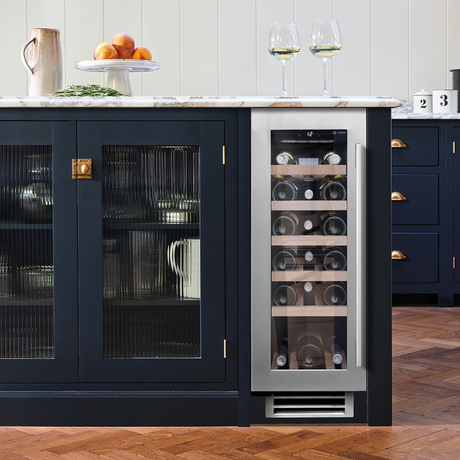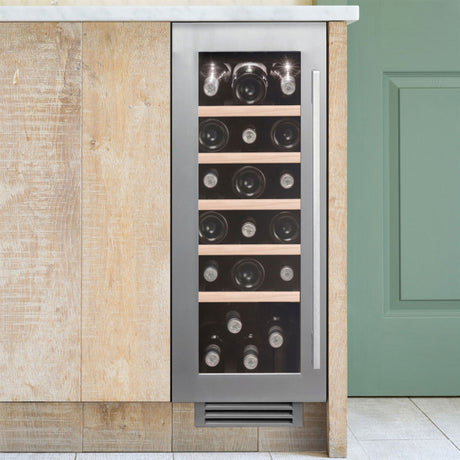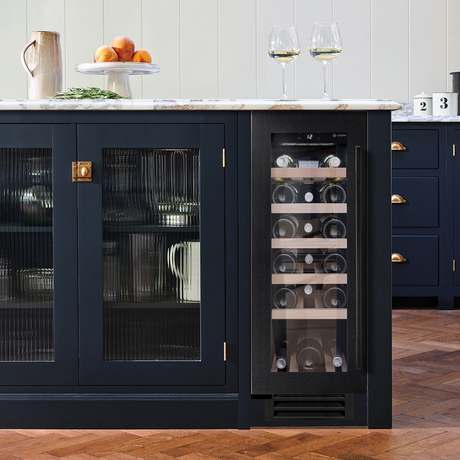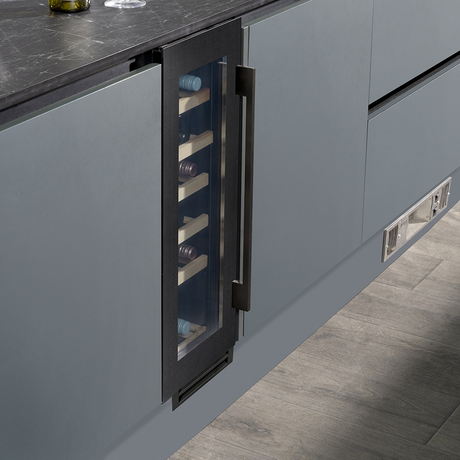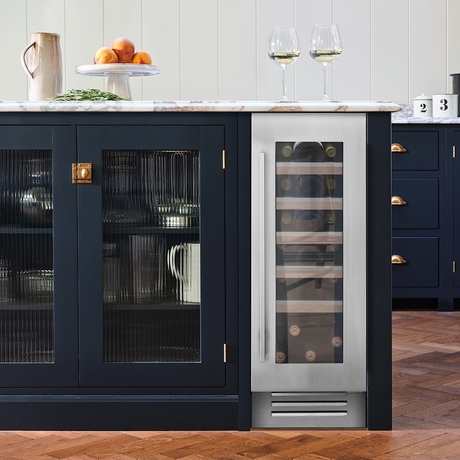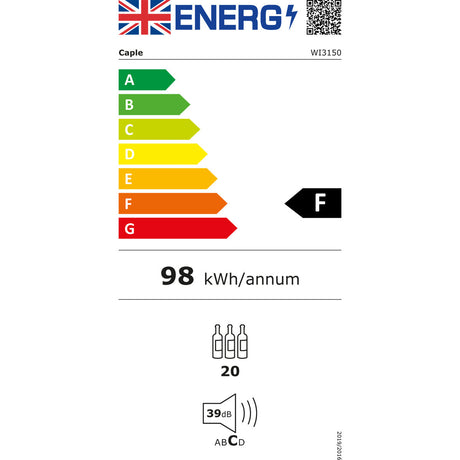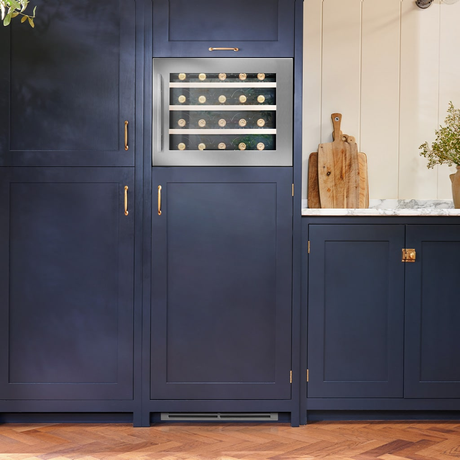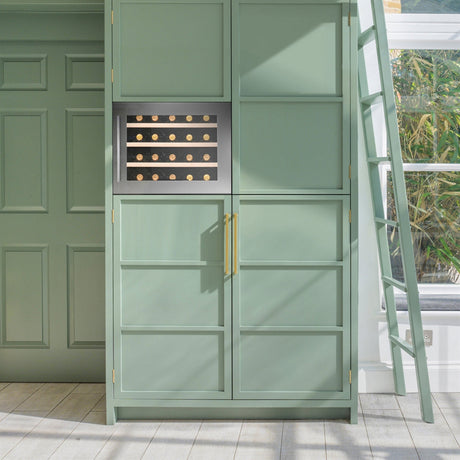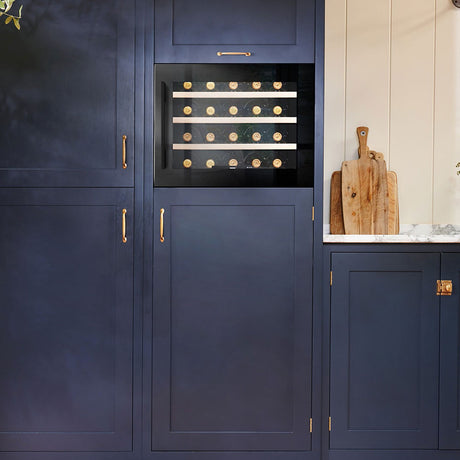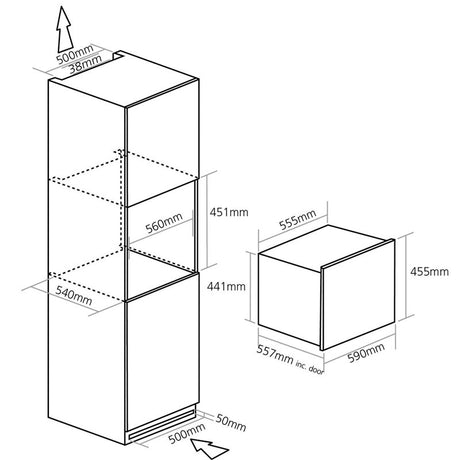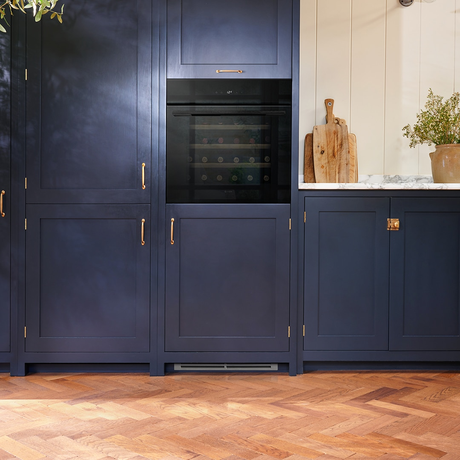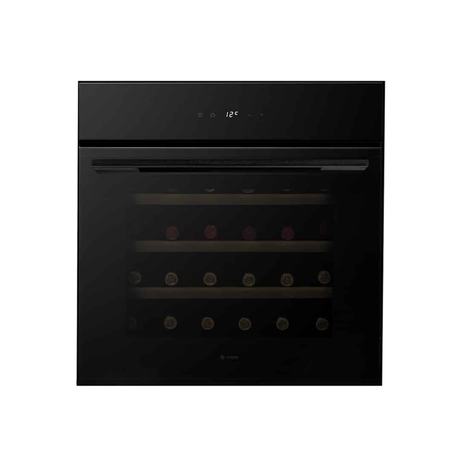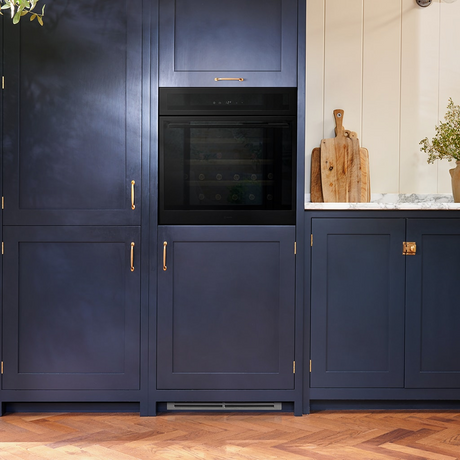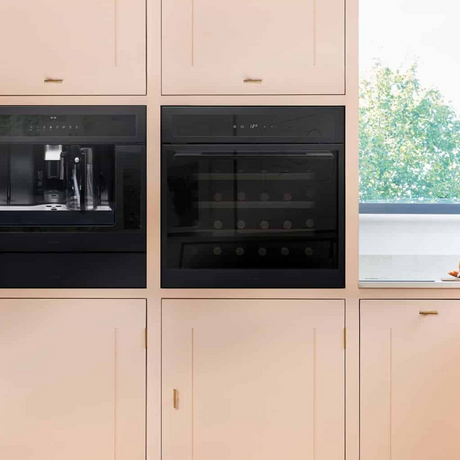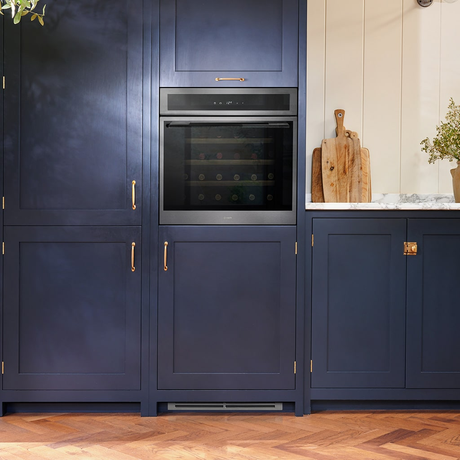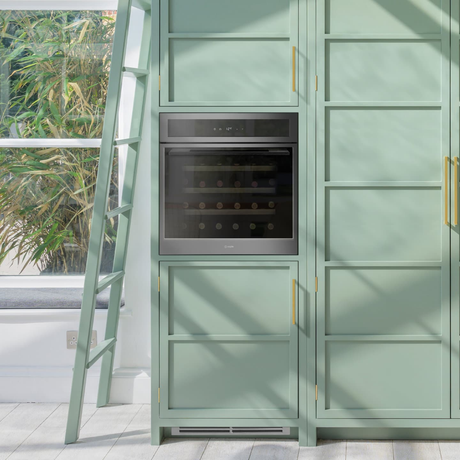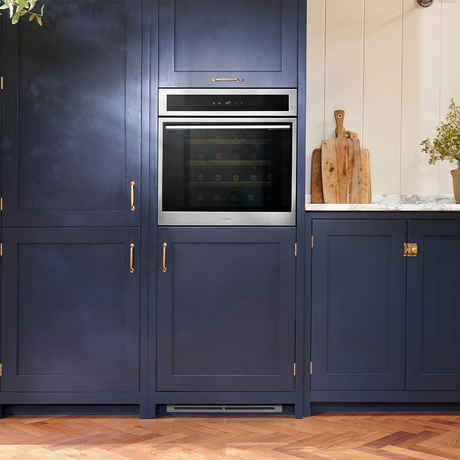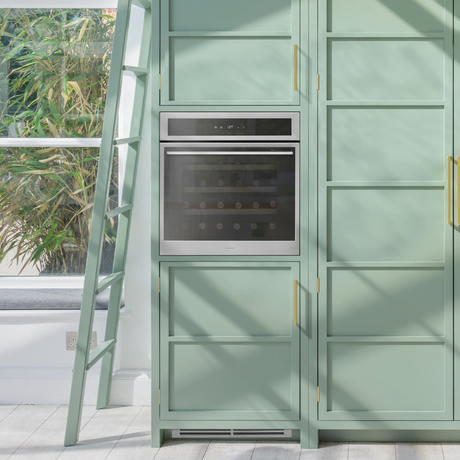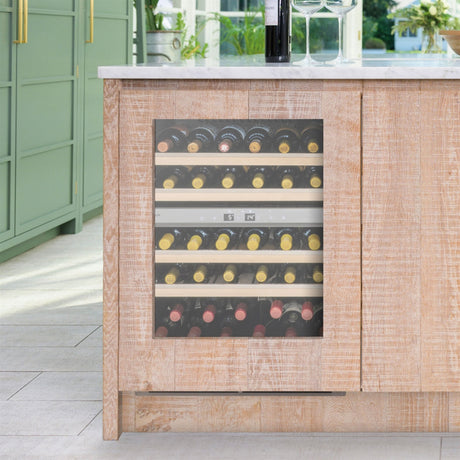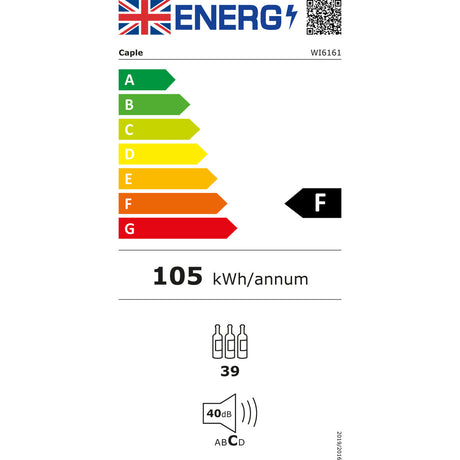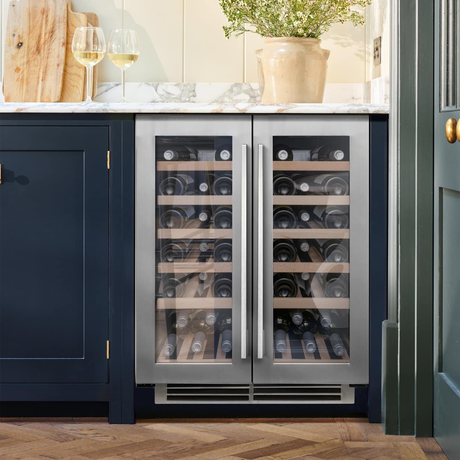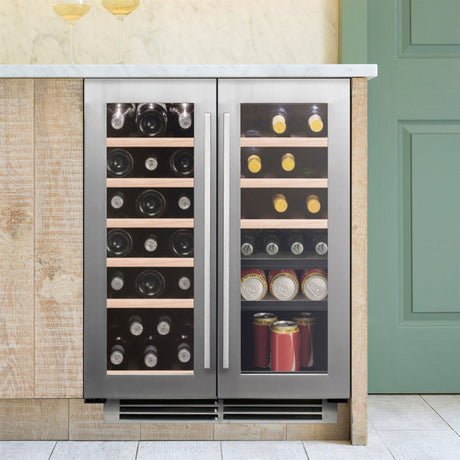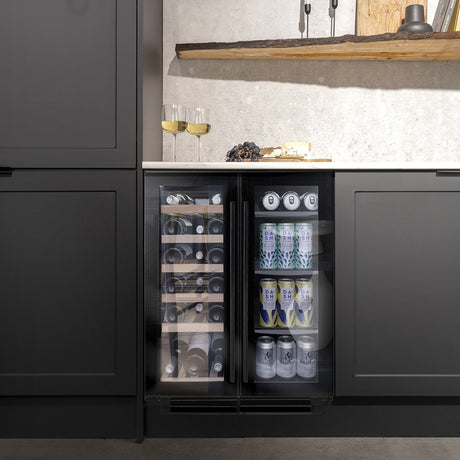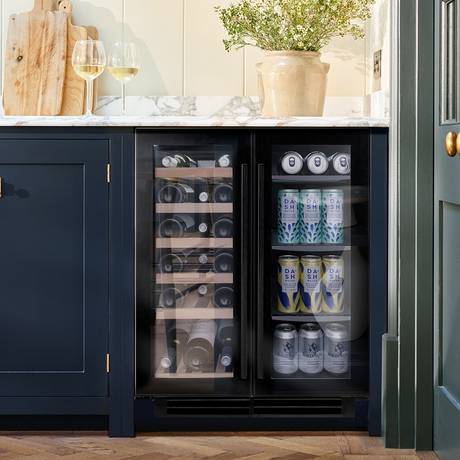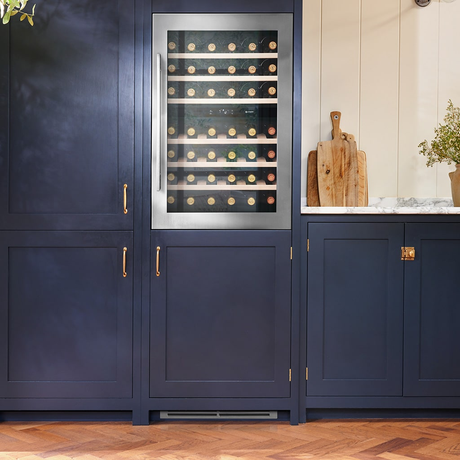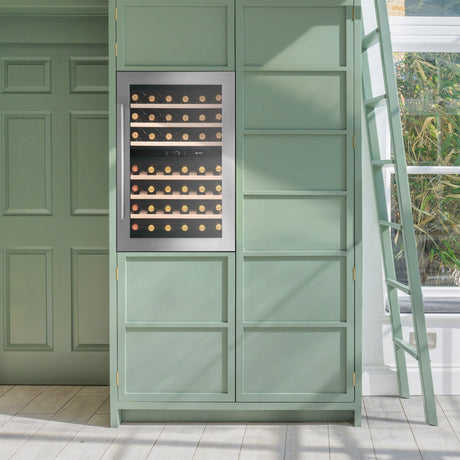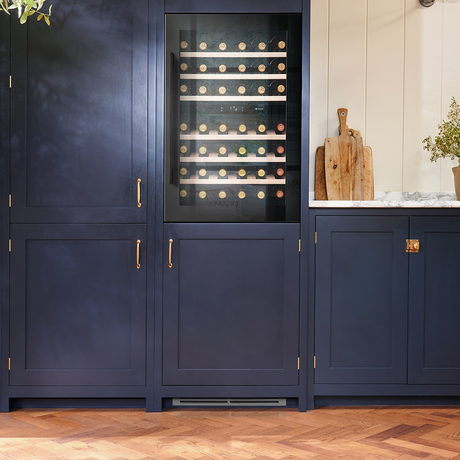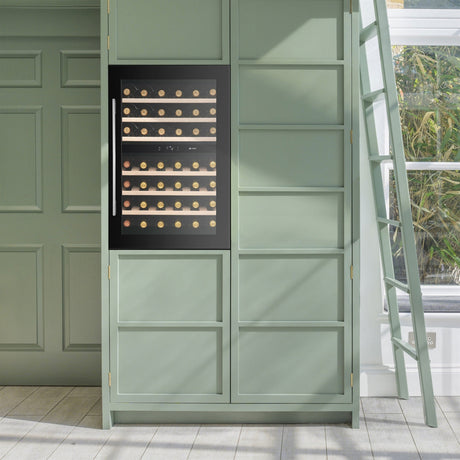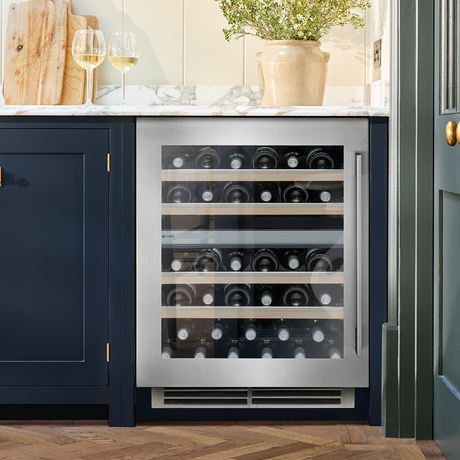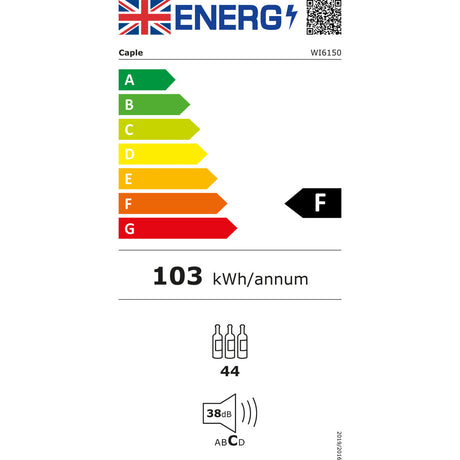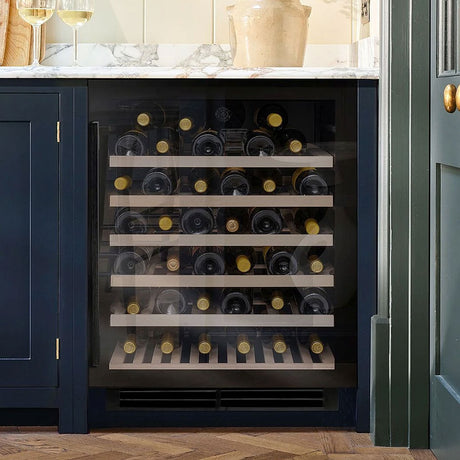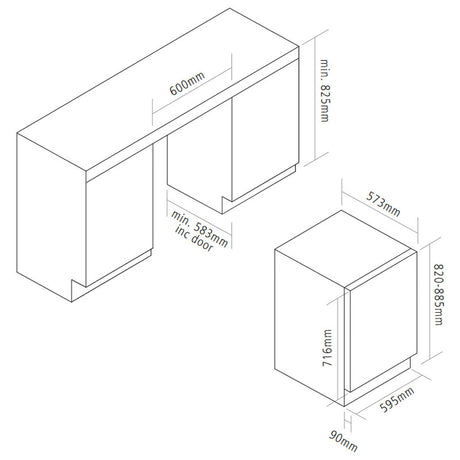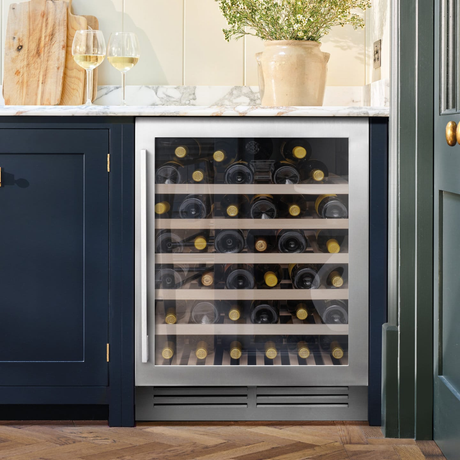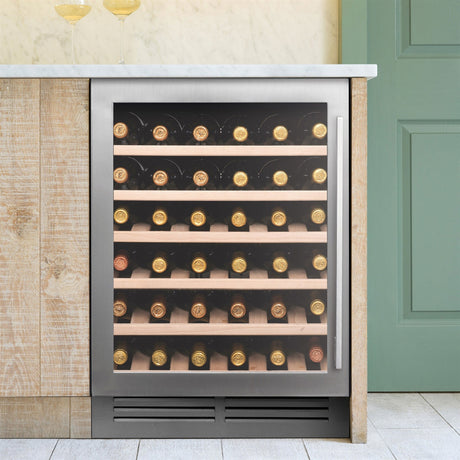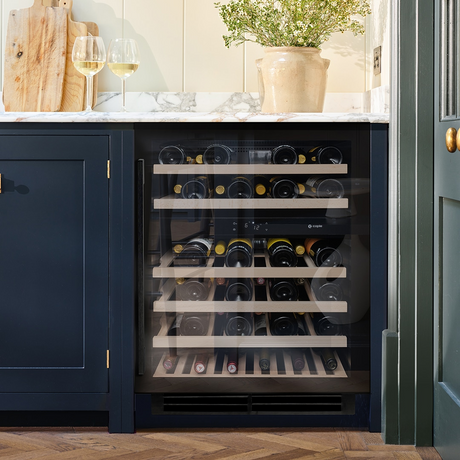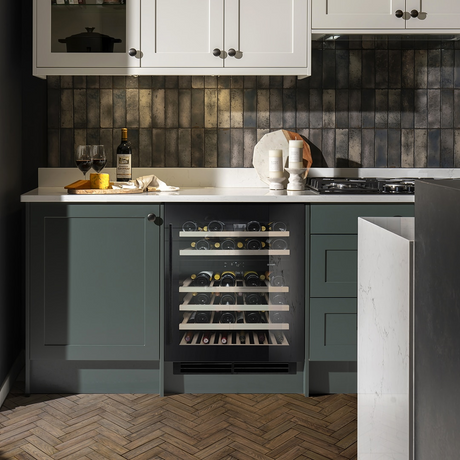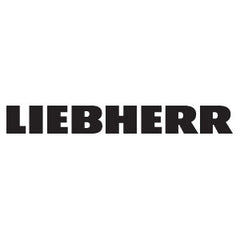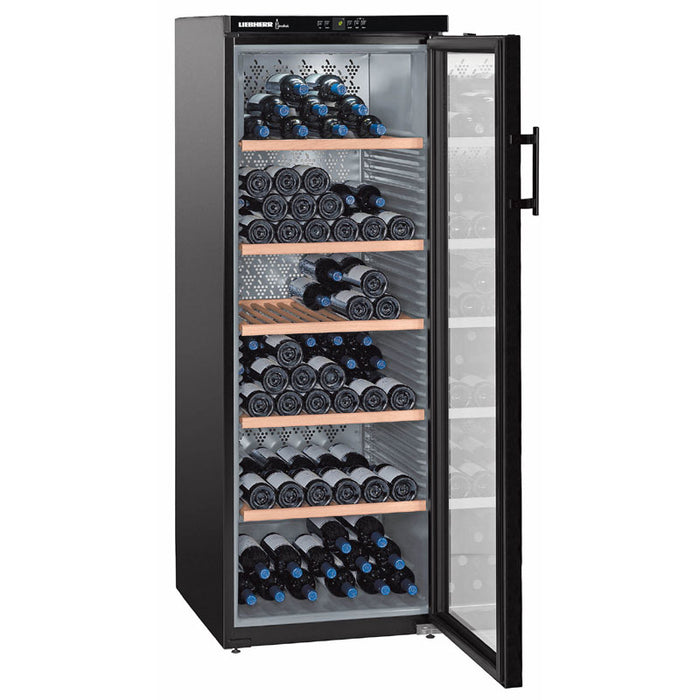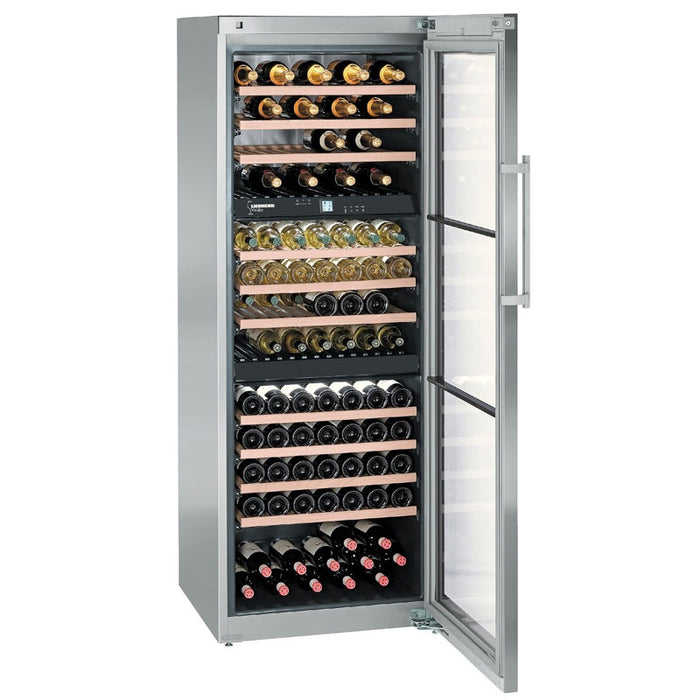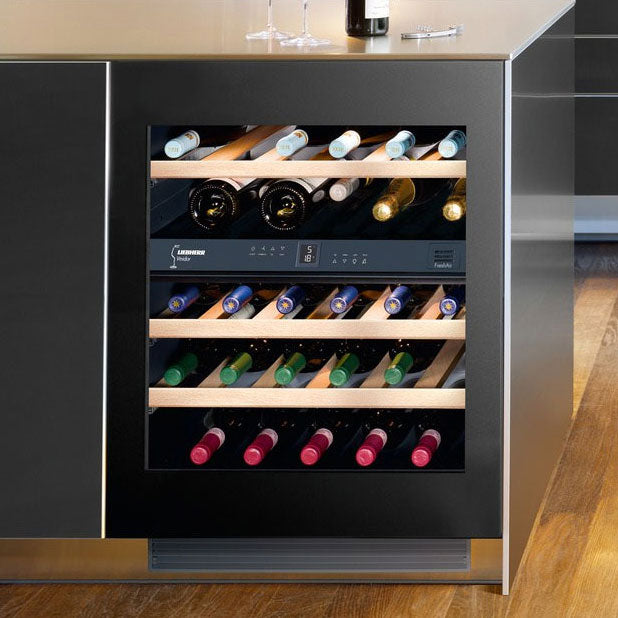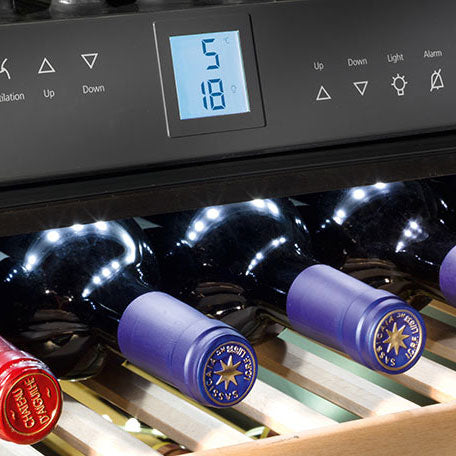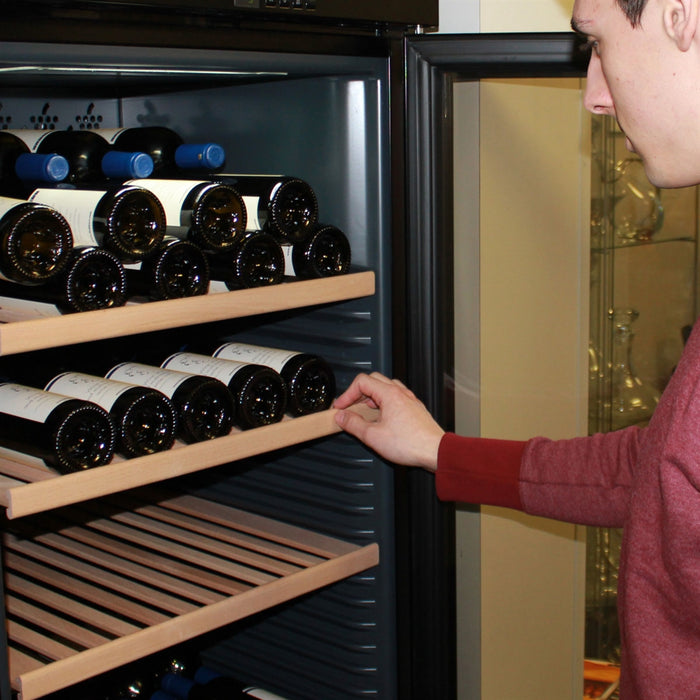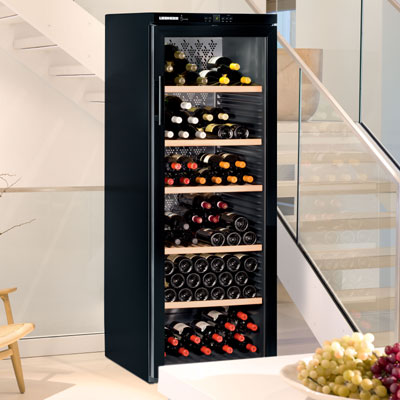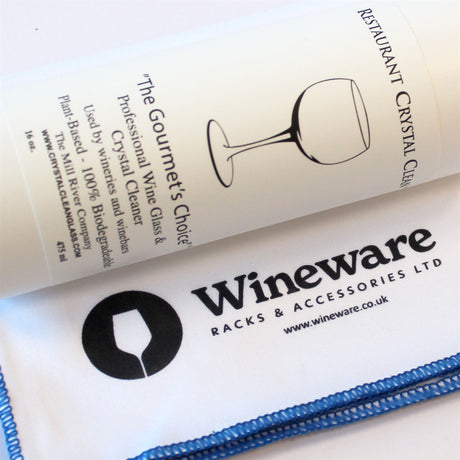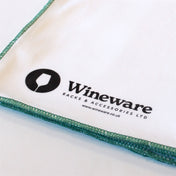-
Caple Sense 8 Bottle Single Temperature Undercounter Wine Cabinet - Black Glass Wi158BG
£430.00Unit price\ /Unavailable -
Caple Classic 8 Bottle Single Temperature Undercounter Wine Cabinet - Stainless Steel Wi159
£405.00Unit price\ /Unavailable -
Caple Classic 16 Bottle 2 Temperature Undercounter Wine Cabinet - Black Steel Wi6135BS
£1,010.00Unit price\ /Unavailable -
Caple Classic 16 Bottle 2 Temperature Undercounter Wine Cabinet - Stainless Steel Wi6135
£950.00Unit price\ /Unavailable -
Caple Sense 19 Bottle Single Temperature Undercounter Wine Cabinet - Black Wi3126BG
£675.00Unit price\ /Unavailable -
Caple Classic 19 Bottle Single Temperature Undercounter Wine Cabinet - Gunmetal Wi3125GM
£640.00Unit price\ /Unavailable -
Caple Classic 19 Bottle Single Temperature Undercounter Wine Cabinet - Stainless Steel Wi3125
£585.00Unit price\ /Unavailable -
Caple Classic 19 Bottle Single Temperature Undercounter Wine Cabinet - Black Steel Wi3125BS
£635.00Unit price\ /Unavailable -
Caple Sense Premium 20 Bottle Single Temperature Undercounter Wine Cabinet - Stainless Steel Wi3150
£720.00Unit price\ /Unavailable -
Caple Classic 21 Bottle Single Temperature Integrated Wine Cabinet - Stainless Steel WC6401
£805.00£815.00Unit price\ /Unavailable -
Caple Sense 21 Bottle Single Temperature Integrated Wine Cabinet - Black WC6411BG
£865.00Unit price\ /Unavailable -
Caple Sense 30 Bottle Single Temperature Integrated Wine Cabinet - Black Glass WC6100BG
£915.00Unit price\ /Unavailable -
Caple Sense 30 Bottle Single Temperature Integrated Wine Cabinet - Black Steel WC6100BS
£945.00Unit price\ /Unavailable -
Caple Sense 30 Bottle Single Temperature Integrated Wine Cabinet - Gunmetal WC6100GM
£940.00Unit price\ /Unavailable -
Caple Sense 30 Bottle Single Temperature Integrated Wine Cabinet - Stainless Steel WC6100SS
£930.00Unit price\ /Unavailable -
Caple Sense Premium 35 Bottle 2 Temperature Undercounter Wine Cabinet - Stainless Steel Wi6161
£1,205.00£1,230.00Unit price\ /Unavailable -
Caple Classic 38 Bottle 2 Temperature Undercounter Wine Cabinet - Stainless Steel Wi6234
£1,095.00£1,115.00Unit price\ /Unavailable -
Caple Sense 38 Bottle 2 Temperature Undercounter Wine Cabinet - Black Glass Wi6235BG
£1,195.00Unit price\ /Unavailable -
Caple Classic 42 Bottle 2 Temperature Integrated Wine Cabinet - Stainless Steel WC6511
£1,140.00£1,160.00Unit price\ /Unavailable -
Caple Sense 42 Bottle 2 Temperature Integrated Wine Cabinet - Black WC6521BG
£1,140.00£1,160.00Unit price\ /Unavailable -
Caple Sense Premium 44 Bottle 2 Temperature Undercounter Wine Cabinet - Stainless Steel Wi6150
£1,080.00£1,100.00Unit price\ /Unavailable -
Caple Sense 46 Bottle Single Temperature Undercounter Wine Cabinet - Black Wi6143BG
£875.00Unit price\ /Unavailable -
Caple Classic 46 Bottle Single Temperature Undercounter Wine Cabinet - Stainless Steel Wi6142
£815.00£825.00Unit price\ /Unavailable -
Caple Sense 46 Bottle 2 Temperature Undercounter Wine Cabinet - Black Glass Wi6136BG
£990.00Unit price\ /Unavailable
Every wine enthusiast dreams of having their own wine cellar; however, a great alternative is a wine fridge! Wineware’s range of wine coolers, fridges and wine cabinets can help bring optimal wine storage conditions into any home with minimum fuss.
Wine Refrigeration by Brand
Advice & Guides
-
![]()
Single Temperature Wine Cabinet / Cooler Buying Guide
-
![]()
2/3 Temperature Wine Cabinet / Cooler Buying Guide
-
![]()
Undercounter Wine Cabinet / Cooler Buying Guide
-
![]()
Wineware's Wine Storage Temperature Guide
-
![]()
Wine Cabinet Buying Guide
-
![]()
How to Store Wine at Home Guide
